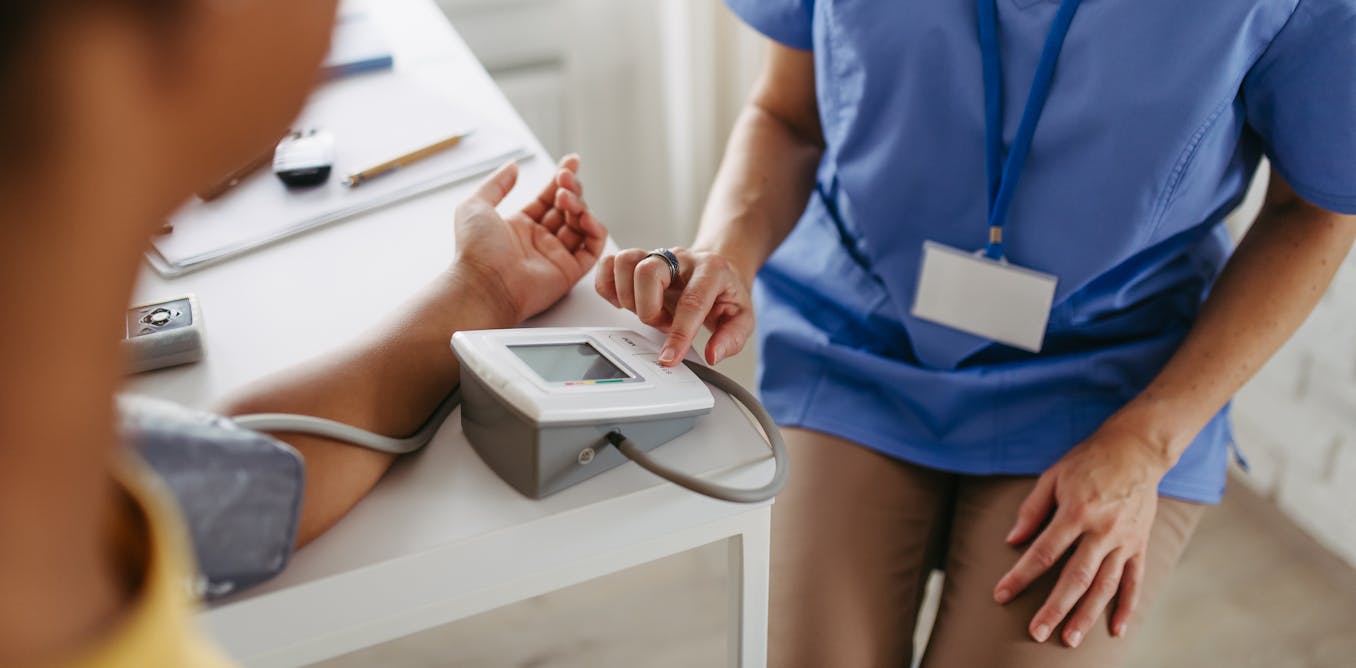THE places in the UK with the highest rates of obesity among 10 to 11-year-olds has been revealed – and an area in the West Midlands is top of the list.
Childhood obesity has been a major public health issue in the UK over the last few years and can have serious consequences for a child’s health and well-being.
1
It can lead to a range of health conditions, including heart disease, stroke, high blood pressure, diabetes, some cancers, and can also impact mental health and reduce life expectancy.
New data published by NHS England shows the level of obesity among year 6-age schoolchildren in every local authority area in England in 2023/24.
The findings, from the Government’s National Child Measurement Programme in mainstream state-maintained schools, were based on children aged 10 to 11 and the postcode of their home address.
According to the list, Sandwell in the West Midlands ranked the highest in the country for obese year 6-age schoolchildren with 31 per cent.
Other nearby areas ranked highly, including Wolverhampton with 30.2 per cent and Walsall with 27.6 per cent.
Knowsley in the North East of England ranked second highest with 30.2 per cent.
The worst areas in London were Barking & Dagenham (29.3 per cent), Newham (28.8 per cent), and Southwark (27.9 per cent).
And two areas in the East Midlands also ranked high – Mansfield (28.1 per cent) and Nottingham (28 per cent).
But the data comes after figures showed obesity among children leaving primary school in England has fallen for the third year in a row.
NHS data showed 22.1 per cent of children in year 6 (aged 10 to 11) were obese in 2023/24, down from 22.7 per cent in 2022/23.
But the figure is still higher than the years before the pandemic. A total of 25.5 per cent of children were obese in 2020/21 – the first year of COVID-19 – which was up sharply from 21 per cent in 2019/20.
Before the pandemic, obesity prevalence among year 6 children had been on a broad upwards trend for more than a decade, since an initial estimate of 17.5 per cent in 2006/07.
Professor Simon Kenny, NHS England’s national clinical director for children and young people, said: “Obesity can have a major impact on a child’s life – it affects every organ in the body and is effectively a ticking health timebomb for the future by increasing a child’s risk of type 2 diabetes, cancer, mental health issues and many other illnesses.
“The NHS is committed to helping young people and families affected by extreme weight issues with tailored packages of physical, psychological and social support, including our 30 specialist weight-loss clinics spread across the country to ensure that every child can access support if they need it.
“But the NHS cannot solve this alone and continued action from industry, local and national government, and wider society together with the NHS is essential to help create a healthy nation.”
Levels of obesity in reception-age children living in the most deprived areas (12.9 per cent) were more than double those in the least deprived areas (6 per cent).
Obesity among year 6 children was 29.2 per cent in the most deprived areas, compared with 13 per cent in the least deprived areas.
The Local Government Association (LGA) said cash raised from the soft drinks sugar tax should be targeted at areas with higher levels of deprivation, child obesity and tooth decay.
It said the tax has raised £1.9 billion since it was introduced in 2018, “yet councils are increasingly concerned about where the money is being spent”.
It also wants the tax extended to include milk-based drinks such as milkshakes, and high-sugar coffees as well as high-sugar items like cakes, biscuits and chocolate.
David Fothergill, chairman of the LGA’s community wellbeing board, said: “The soft drinks industry levy was a crucial step in the battle against child obesity.
“We are urging the Government to grant councils control over the levy’s revenues and allocate funds to address the most pressing child health inequalities.
“It would also make more sense to target distribution of the levy to those areas that need it the most.
“With deep connections to local health services, schools and communities, councils are uniquely placed to direct resources where they are needed most, creating healthier, more resilient environments for our children.”
Dr Helen Stewart, officer for health improvement at the Royal College of Paediatrics and Child Health, added: “It’s impossible to ignore that poorer children are over twice as likely to be obese than their richer peers.
“This is a long-standing health inequality that successive governments have failed to tackle.
“It is clear to paediatricians that progress on childhood obesity cannot be achieved without also addressing our out-of-control rates of childhood poverty and deprivation.
“Today we are calling on our Government to publish the new child poverty strategy, with a clear focus on role of health, to expand free school meals and to finally commit to scrapping the two-child limit to benefit payments – which we know is keeping over a million children in poverty and entrenching health inequalities.”
Places in the UK ranked highest for childhood obesity
Sandwell (West Midlands) 31.0 per cent
Knowsley (NW England) 30.2 per cent
Wolverhampton (West Midlands) 29.6 per cent
Barking & Dagenham (London) 29.3 per cent
Newham (London) 28.8 per cent
Mansfield (East Midlands) 28.1 per cent
Nottingham (East Midlands) 28.0 per cent
Hull (Yorkshire/Humber) 27.9 per cent
Southwark (London) 27.9 per cent
North East Lincolnshire (Yorkshire/Humber) 27.6 per cent
Walsall (West Midlands) 27.6 per cent
Enfield (London) 27.5 per cent
St Helens (NW England) 27.5 per cent
Sunderland (NE England) 27.5 per cent
Lambeth (London) 27.3 per cent




